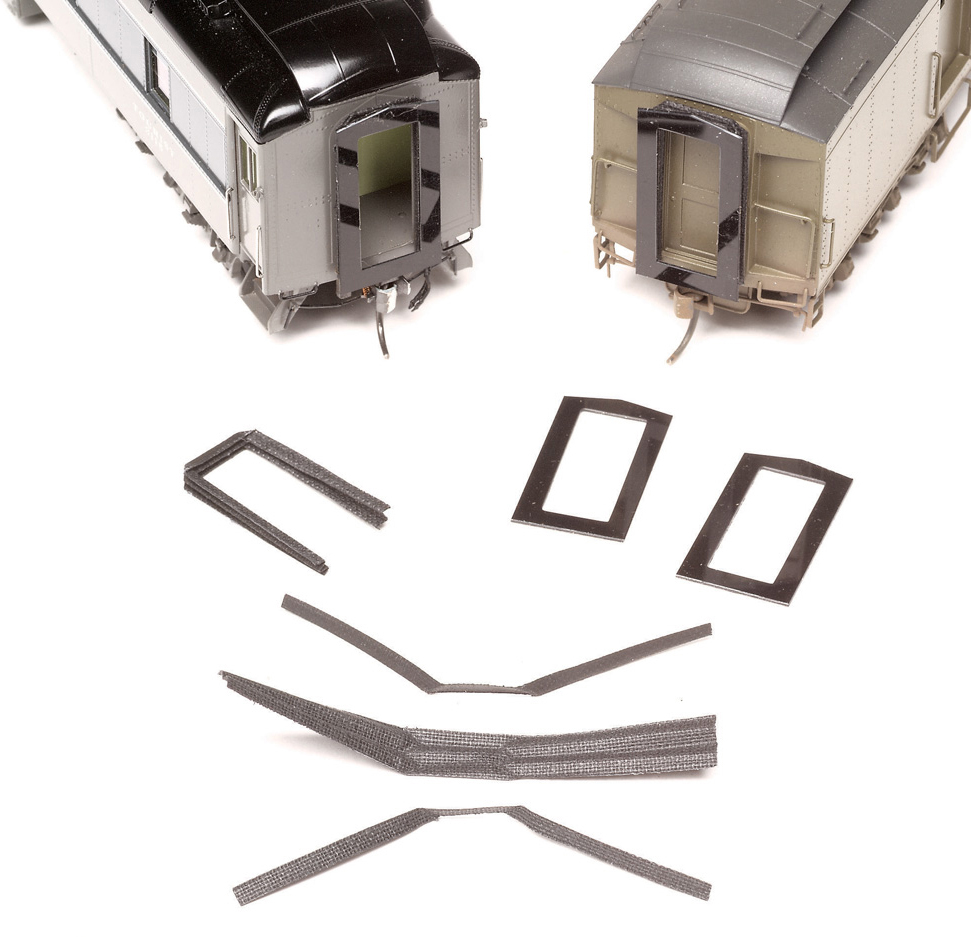
Diaphragms are bellows-like connections that enclose the space between cars for safe passage through the train. Passenger cars look naked without them, but they can be a pain in the neck if they don’t let cars negotiate all kinds of trackwork, or if they keep cars from coupling and uncoupling. I took my cue from […]
Read More…
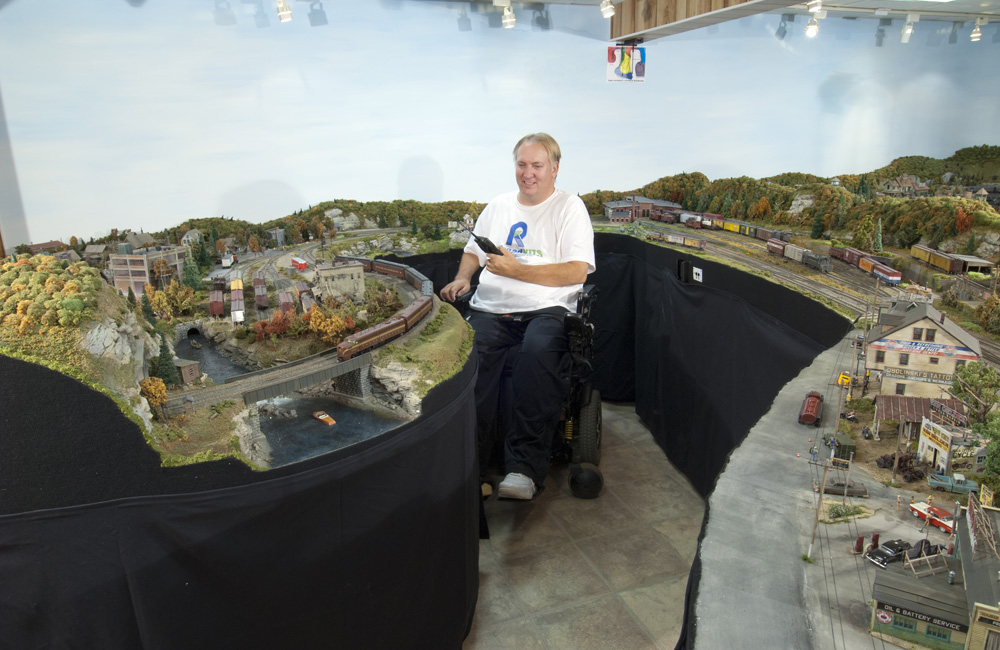
Q: I’ve searched all over the internet for information on how to build a model railroad when you’re in a wheelchair, but I’ve found nothing. Nada! Zilch! Can you help, please? I’m desperate! – Joe Kienlen, Conshohocken, Pa. A: Though we haven’t run an article specifically about how to build a layout while using a […]
Read More…
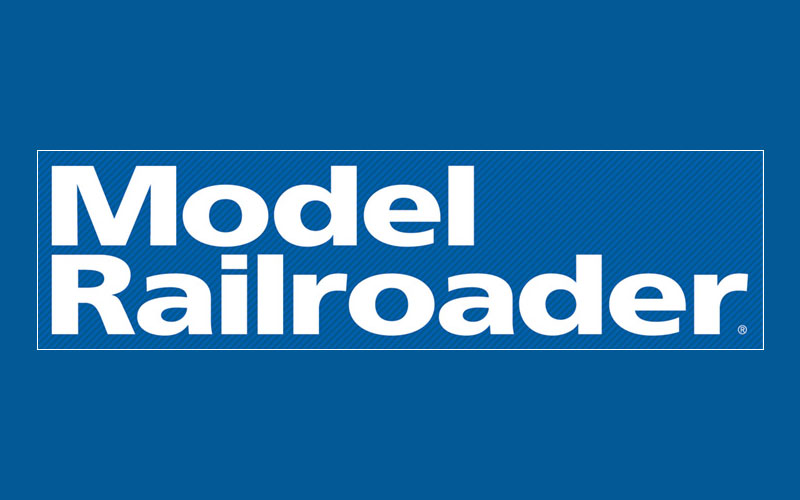
Q: Are Atlas turnouts “DCC friendly” in the way Walthers turnouts are advertised? Do I need to do anything special to make Snap-Switches and other track products operate properly on a Digitrax DCC powered layout? – Edward Gardineer, East Berne, N.Y. A: Before I answer your question, I have to give you two caveats. First, […]
Read More…
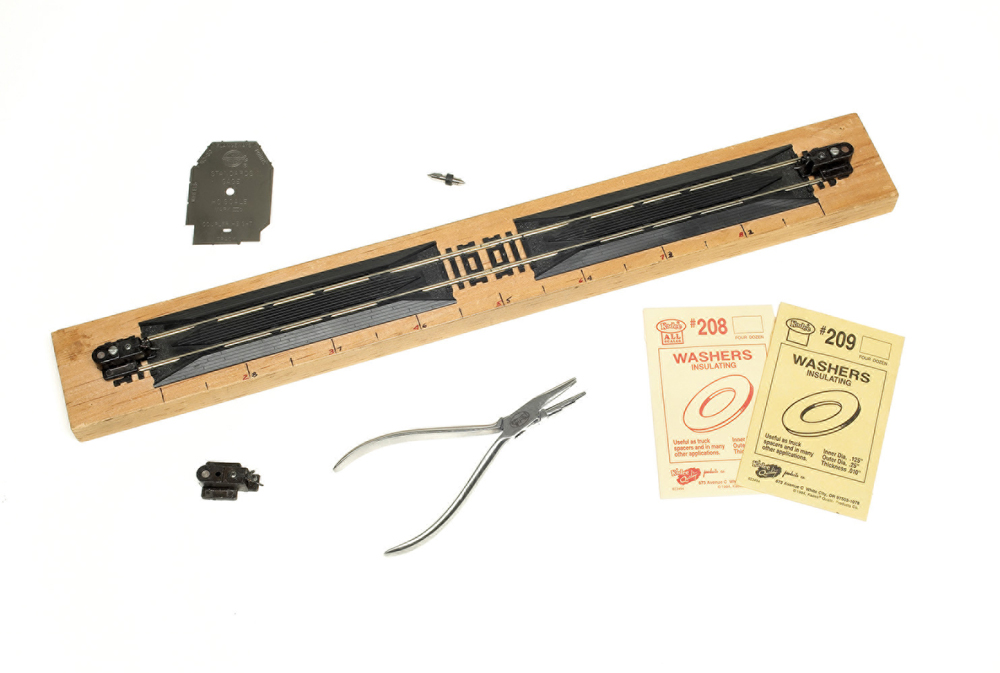
Good rolling stock plays a major role in the operating quality of any layout. On most model railroads, the car fleet represents more potential problems than any other single element, so here’s how I check every car before it goes on my Ohio Southern Railroad, using just a few handy tools, 1. Trucks and wheels […]
Read More…
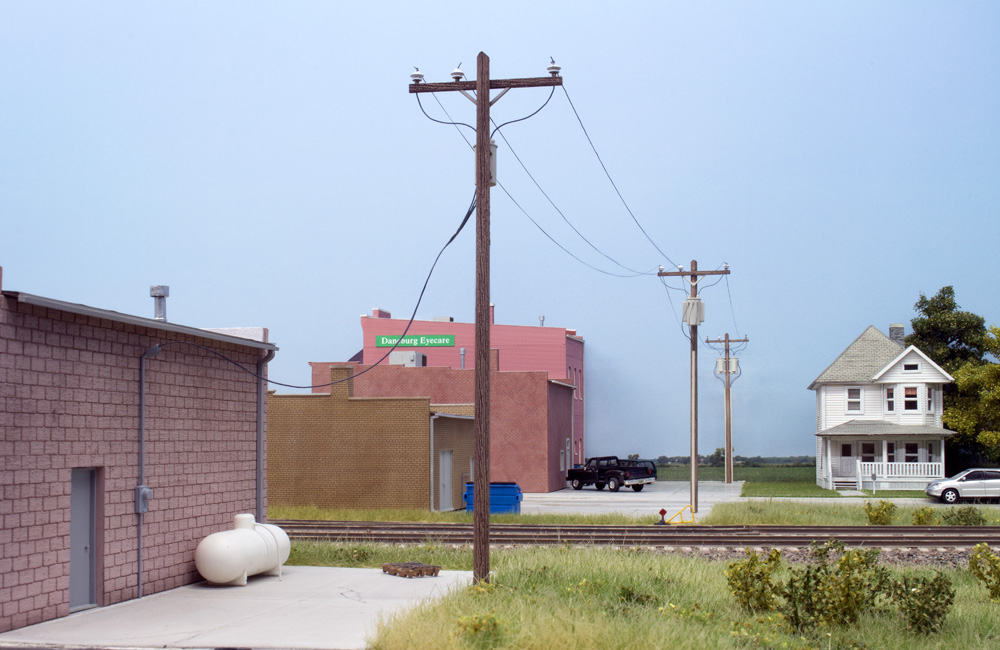
Q: Where did Pelle Søeborg get the parts for his utility poles? They’re the most correctly done of any I have seen. – James Bodnar, Brunswick, Ohio A: Luckily, Pelle wrote an article for us explaining not only what parts he used, but how he used them. “Quick and easy utility poles” was published in […]
Read More…
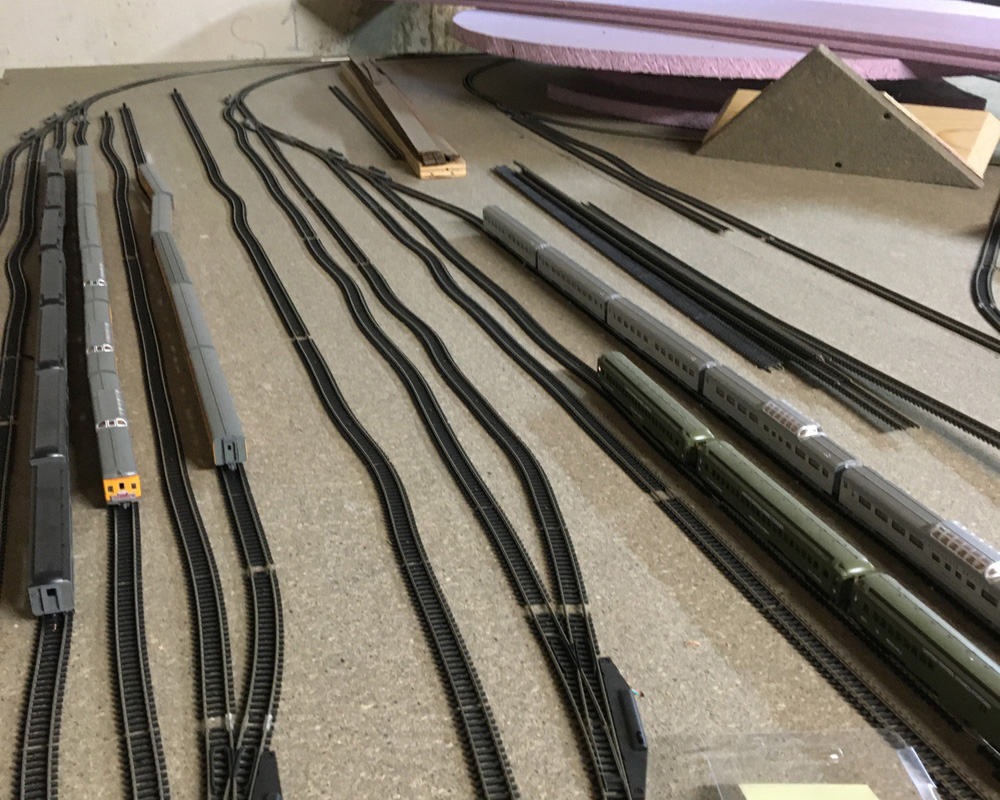
Q: After five decades away from model railroading, I dug into my trove of old N scale track, locomotives, and rolling stock, and built a small, old-school, direct-current layout. I moved on to build a sizable layout with new Atlas flextrack affixed to a Homasote surface. Track laying was completed by mid-summer last year. But after the […]
Read More…

On my passenger cars, I use Kadee no. 5 couplers in their own boxes mounted directly to the carbody. As long as your curves are at least 30″ in radius and your turnouts are no. 6 or longer, you can take this simple and direct approach. Forget about mounting couplers on arms connected to the […]
Read More…

A Rutland freight led by Alco RS-3 no. 201 crosses a stone arch bridge on its way toward North Bennington, Vt. Don Janes of Sarnia, Ont., photographed the scene on his HO scale Boston & Maine Green Mountain Division layout. The RS-3 is a DCC-equipped Atlas model Don superdetailed and custom painted. The stone arch […]
Read More…

Welcome to Trains.com, the new home for Model Railroader online and for all the content we publish on model trains. In this video, Trains.com Executive Producer David Popp talks about how to log-in to the new Trains.com website so you can get the most out of a Model Railroader subscription AND what more MR […]
Read More…
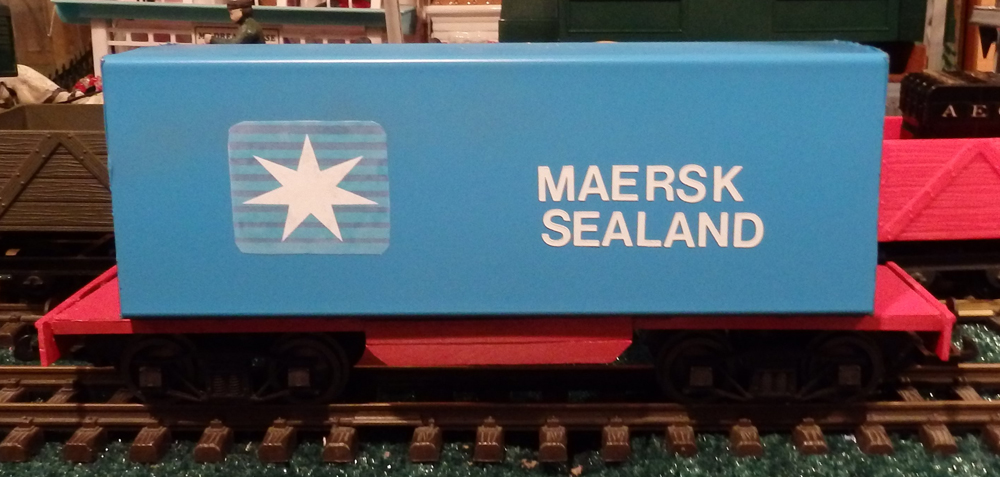
Intermodal container cars are a staple of modern railroads. Anyone who models the current era on their garden railroad will want a number of these, both on the rails and waiting for shipment. While several commercial models are available, I found a less expensive way to make them. Standardized shipping containers are essentially rectangular boxes, […]
Read More…
![Applying Woodland Scenics Scenic Cement with pipette.]](https://www.trains.com/wp-content/uploads/2021/03/MRR_Scenic_Cement_with_pipette_04.jpg)
On Model Railroader’s Beer Line project layout, which was set in 1947 Milwaukee, I ballasted the track on the entire layout using a favorite technique. I used a 50:50 blend of Highball Products Light Gray and Dark Gray limestone ballast, which looks similar to ballast used by the Milwaukee Road [Highball Products ballast is no […]
Read More…
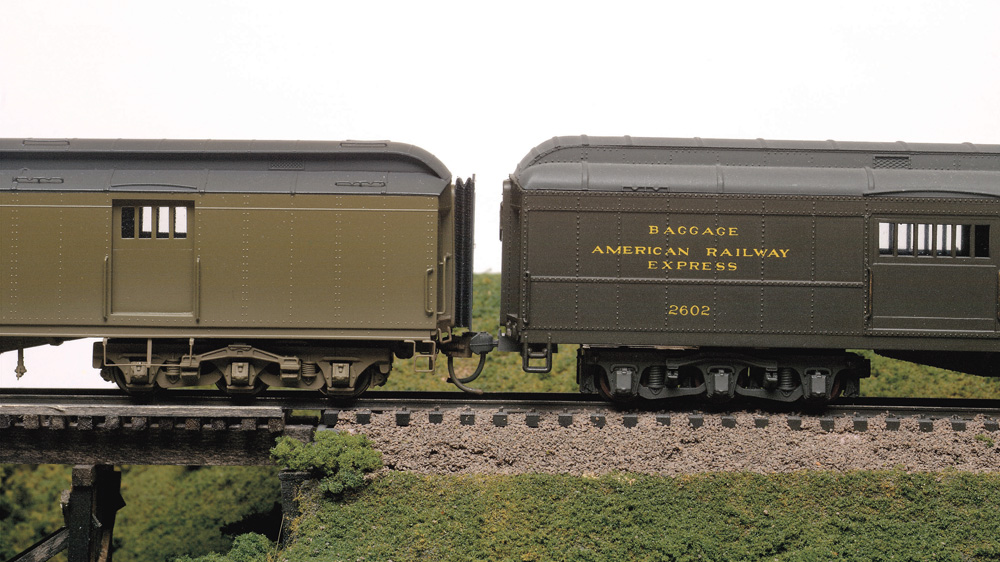
The height of freight cars can vary tremendously, but passenger car heights were very consistent in late steam/early diesel times. Most heavyweight cars, including the Pullman Co.’s standardized sleepers, measured 14 feet from the rails to the top of the roof. It’s important to me to know that Atchison, Topeka & Santa Fe heavyweights were […]
Read More…










![Applying Woodland Scenics Scenic Cement with pipette.]](https://www.trains.com/wp-content/uploads/2021/03/MRR_Scenic_Cement_with_pipette_04.jpg)

